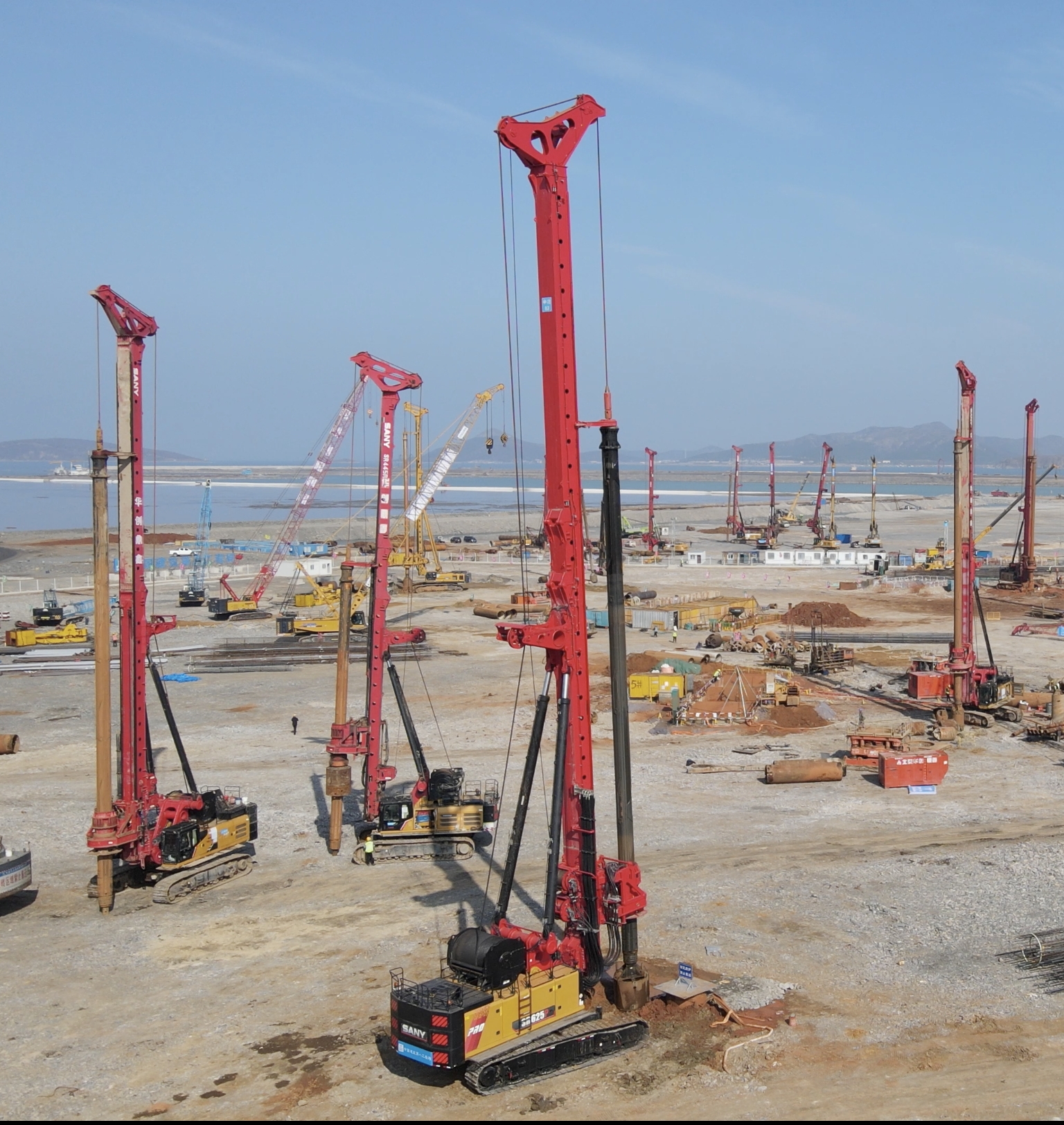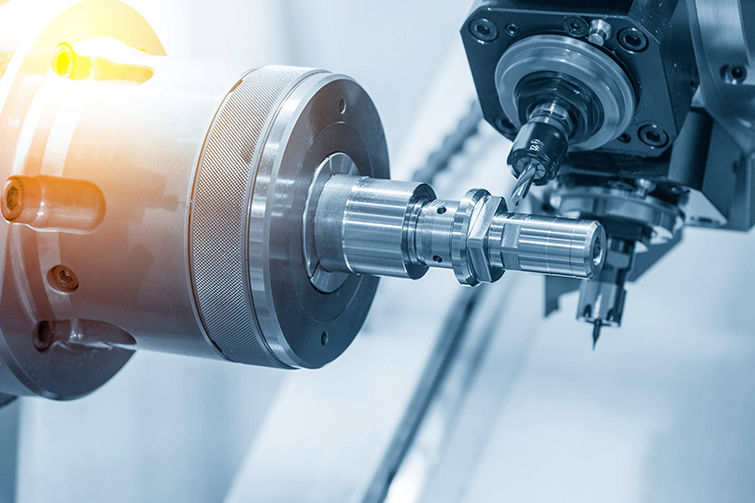

Advanced Composite Materials in Aerospace Engineering: A Technical and Commercial Perspective

Introduction to Advanced Composite Materials
Advanced composite materials have revolutionized aerospace engineering by offering unparalleled strength-to-weight ratios, corrosion resistance, and durability. These materials, typically consisting of a matrix reinforced with fibers, are pivotal in designing next-generation aircraft and spacecraft.
Technical Breakthroughs in Composite Materials
Recent advancements include the development of carbon fiber reinforced polymers (CFRP) and glass fiber reinforced polymers (GFRP), which are now extensively used in fuselage and wing structures. Innovations in nanotechnology have further enhanced these materials, introducing self-healing composites that can autonomously repair minor damages, significantly extending the lifespan of aerospace components.
Manufacturing Processes and Challenges
The manufacturing of advanced composites involves sophisticated processes like autoclave curing and resin transfer molding (RTM). However, challenges such as high production costs and the need for specialized labor remain significant barriers to widespread adoption.
Commercial Value and Market Trends
The global aerospace composites market is projected to grow exponentially, driven by increasing demand for fuel-efficient and lightweight aircraft. Companies investing in composite technologies are poised to gain a competitive edge, with Boeing and Airbus leading the charge in integrating these materials into their fleets.
Future Prospects
The future of aerospace composites lies in the development of more sustainable and cost-effective manufacturing techniques. Research into bio-based resins and recycling methods is underway, aiming to reduce the environmental impact and make composites more accessible to smaller manufacturers.
Frequently Asked Questions
What are the main advantages of using composite materials in aerospace?Composite materials offer significant weight reduction, improved fuel efficiency, and enhanced durability compared to traditional metals, making them ideal for aerospace applications.
What are the biggest challenges facing the adoption of composite materials?The high cost of materials and manufacturing, along with the need for specialized skills and equipment, are the primary challenges hindering wider adoption.
How is the aerospace composites market expected to evolve?The market is expected to grow significantly, with advancements in manufacturing technologies and increasing demand for fuel-efficient aircraft driving expansion.








